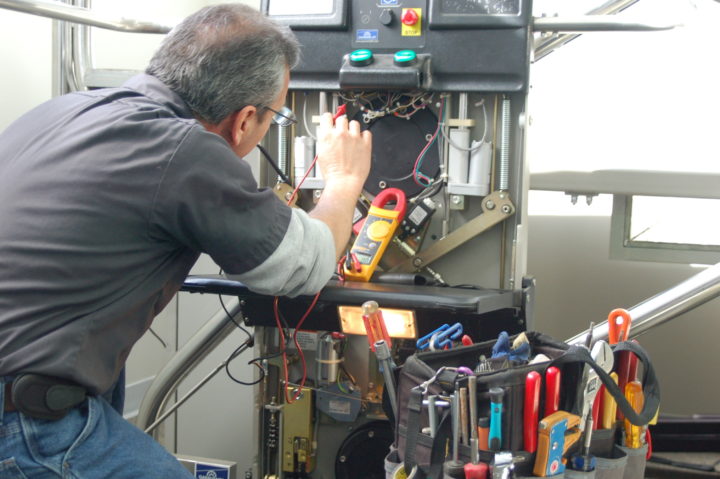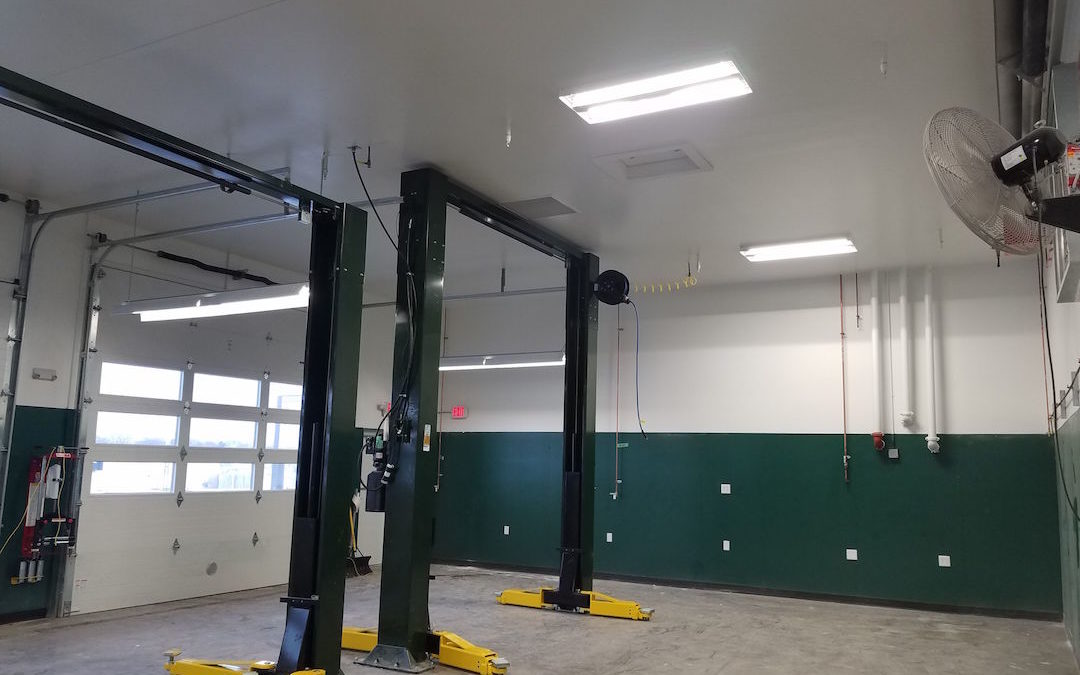Platform Lift Capacities Explained: Why They Issue for Lift Servicing
Platform Lift Capacities Explained: Why They Issue for Lift Servicing
Blog Article
A Comprehensive Approach to Enhancing Performance Via Strategic Lift Fixing Methods
In the world of facility administration, the effectiveness and dependability of lifts play an essential function in making certain smooth procedures. A calculated and methodical approach to raise fixing and maintenance is vital to optimize performance and decrease downtime. By dealing with usual lift concerns, implementing proactive upkeep actions, and creating targeted repair plans, facilities can optimize their lift systems to operate at peak efficiency degrees. The secret to attaining sustained enhancement lies in utilizing data-driven insights to notify decision-making processes and drive continual improvement - lift servicing companies. This extensive approach to boosting lift efficiency with critical repair service strategies holds the assurance of not just improving functional effectiveness however additionally extending the life expectancy of lift systems.
Importance of Lift Performance Optimization
Comprehending the value of optimizing lift efficiency is critical for ensuring reliable and reliable vertical transport systems in different buildings and frameworks. Lifts are important elements of modern facilities, supplying upright wheelchair for occupants and goods within buildings of differing heights. By maximizing lift efficiency, building proprietors and center managers can enhance customer experience, enhance power efficiency, and rise overall operational efficiency.
Efficient lift efficiency optimization involves various variables, consisting of rate, capability, power upkeep, usage, and safety and security needs. Appropriately enhanced lifts can decrease wait times for users, especially in high-traffic structures, resulting in enhanced satisfaction and performance. In addition, maximized lifts add to power financial savings by using innovative control systems and modern technologies that lessen power consumption without jeopardizing efficiency.

Identifying Common Lift Issues
Identifying typical lift issues is crucial for preserving the functional efficiency and security of vertical transport systems in structures. Acknowledging these concerns can assist avoid breakdowns, reduce downtime, and expand the lifespan of the lift devices. One common trouble that structure managers and upkeep teams commonly encounter is irregular or jerky activities throughout operation. This concern can be a measure of problems with the lift's electric motor, control system, or also the placement of the lift cars and truck.
Another widespread lift problem is odd sounds originating from the lift shaft or machinery room. These noises can vary from grinding or scuffing sounds to loud clunking sounds, every one of which may signal underlying mechanical concerns that require instant interest. In addition, regular door breakdowns, such as doors not opening up or closing effectively, can interrupt the smooth flow of passengers and position security dangers.
Applying Positive Maintenance Measures
To optimize the efficiency and long life of lift systems, proactive upkeep actions play a vital function in guaranteeing functional dependability and security. lift servicing companies. Executing proactive upkeep includes methodically inspecting, servicing, and fixing elements before they fail, therefore stopping costly downtime and prospective safety and security risks. Routinely arranged examinations can assist recognize minor issues prior to they intensify into major issues, eventually extending the life expectancy of lift systems
One secret element of positive upkeep is developing a detailed upkeep routine based upon producer recommendations and sector best methods. This routine must lay out tasks such as lubrication, alignment checks, and part replacements at specified periods. In addition, carrying out redirected here condition surveillance strategies, such as resonance analysis and thermal imaging, can help detect very early indications of wear or breakdown.
Moreover, training maintenance personnel on correct evaluation methods and preventive upkeep treatments is essential for the successful execution of positive upkeep steps. By promoting a society of aggressive maintenance within an organization, lift systems can run at peak efficiency levels, reducing disruptions and ensuring the safety of users.
Developing Targeted Repair Strategies
Upon examining the upkeep records and performance information, the design team can create targeted repair plans to optimize and deal with certain concerns lift system performance. These repair work plans are customized to the recognized troubles, guaranteeing that resources are concentrated on fixing crucial problems successfully. By prioritizing repair services based upon their influence on efficiency and security, the targeted repair work strategies aid minimize downtime and maintenance expenses while taking full advantage of the lift system's reliability.
Creating these strategies involves a complete evaluation of the lift system elements, consisting of electric motors, wires, brakes, and control systems. With this in-depth assessment, the engineering group can determine the origin causes of any kind of malfunctions or destruction in performance. This information is then utilized to create a roadmap for the repair process, detailing the needed actions, timeline, and resources called for to address each issue properly.
Furthermore, targeted repair work strategies may consist of preventative procedures to enhance the lift system's durability and performance. By proactively attending to possible problems prior to they intensify, these strategies add to the overall effectiveness and security of the lift system.
Making Use Of Data-Driven Insights
Harnessing the power of data-driven insights is important in optimizing lift system performance and upkeep performance. By leveraging information analytics, lift drivers can make informed choices that bring about enhanced operational performance and price financial savings. Through the analysis of historical performance fads, patterns and data can be identified, allowing predictive maintenance techniques to be executed. These predictive upkeep methods help prevent unforeseen malfunctions, minimize downtime, and expand the lifespan of lift systems.

Conclusion
Finally, maximizing lift efficiency is critical for ensuring try this website performance and safety and security in structures. By recognizing typical lift issues, carrying out positive upkeep steps, developing targeted repair plans, and utilizing data-driven insights, organizations can boost efficiency and lessen downtime. It is important to take a thorough technique to raise repair service approaches to maximize functional performance and ensure the durability of lift systems.
By addressing common lift issues, executing positive maintenance procedures, and establishing targeted repair service plans, centers can maximize their lift systems to operate at peak efficiency degrees.Another prevalent lift concern is weird sounds originating from the lift shaft or equipment space.Upon assessing the maintenance records and performance data, the design group can establish targeted fixing plans to deal with particular issues and enhance lift system performance. By prioritizing repairs based on their effect on efficiency and security, the targeted repair service plans aid decrease downtime and upkeep costs while optimizing the lift system's dependability.
It is essential to take a comprehensive technique to lift repair work methods to optimize functional effectiveness and guarantee the long life of lift systems.
Report this page